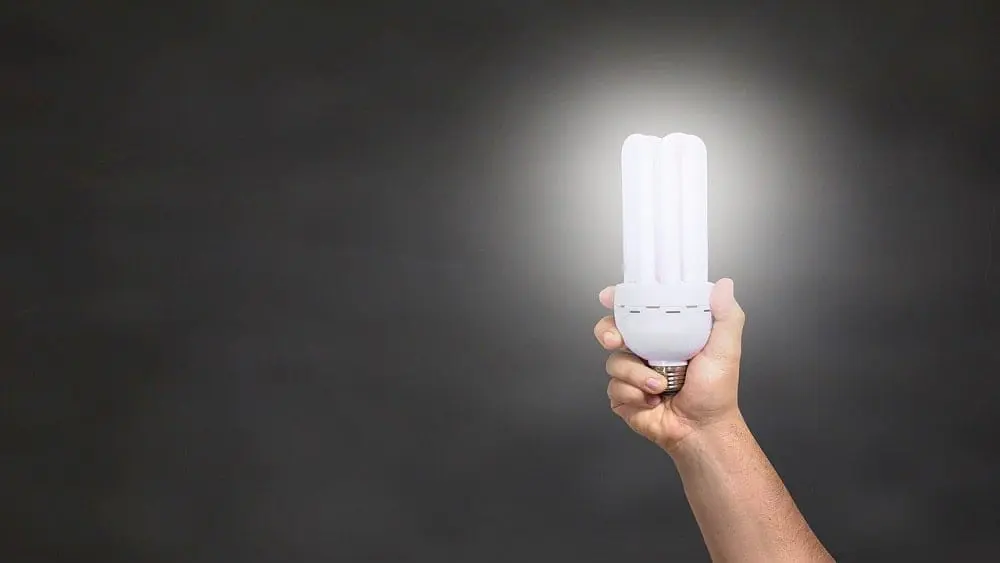
8 Smart Ways to Make Your Manufactured Home More Energy-Efficient

While manufactured homes are one of the most affordable housing options for millions of American households, they’re notorious for their energy inefficiency and high utility costs.
More than 22 million people live in manufactured homes across the U.S., according to the Manufactured Housing Institute. Manufactured homes, more commonly known as mobile homes, are built in a factory, transported and then installed on site. You’ll find a high concentration of them in rural America, where 70 percent of all mobile home communities.
Their problem? Mobile homes are energy-guzzlers. Utilities can cost up to 50 percent more compared to regular homes of the same size and age, according to the U.S. Department of Energy. Even though they consume 35 percent less energy compared to site-built homes, mobile homeowners spend 70 percent more per square foot on energy.
Those are pretty staggering statistics that could explain why mobile homeowners face sticker shock when they pay their utility bills. The older and more outdated a mobile home is, the more expensive it is to keep running.
Are you looking for ways to lower your energy bills? Here’s our list of eight key ways to make your manufactured home more energy efficient.
Look up; Focus on Your Roof
Giving your mobile home’s roof some TLC by installing a roof coating and insulation to the roof cavity can put a big dent in your A/C costs.
A cool roof coating, or a white roof, can drastically lower your mobile home’s temperature, reflecting up to 85 percent of sunlight. It will make a big difference during those sizzling hot, sunny summers.
Adding insulation into the roof cavity will keep heated and cooled air trapped in your home. Some mobile homeowners install a sloped roof to allow for extra insulation in the ceiling.
Update Insulation in your Entire Mobile Home
Poor insulation is the most common problem manufactured homeowners face. Most don’t have adequate insulation in their walls – or underneath in the crawl space.
The Department of Energy points to two key places to add insulation: the walls and the underbelly. While testing for energy efficiency in old and new manufactured homes, they found that better insulated walls reduced heat loss by 13 percent, while better insulation under the flooring cuts heat loss by 11 percent.
Blown insulation or adding a solid form board are the standard ways to pad out the walls and underbelly of your mobile home. They require an expert’s touch and specialized equipment, but there are government-issued energy grants to help offset the costs. Some mobile homeowners install insulated skirting around their home as an extra step.
Check that your home’s insulation, weatherstripping and siding are all in good shape. According to the UK Center for Sustainable Energy, 25 percent of heat is typically lost through the roof, 35 percent through the walls and 15 percent through the floor. With a well-insulated mobile home, you’ll notice you won’t need to spend as much on heating and cooling your home.
Switch up Your Lighting

If you want to lower your electricity bill quickly, swap out your home’s incandescent lighting for LED (light emitting diodes) lights or CFLs (compact fluorescent lamps). LEDs and CFLs can increase your home’s energy efficiency by about 85 percent compared to regular lighting, according to government estimates.
Replacing your mobile home’s five most frequently used lights with energy-efficient light bulbs can save you $75 each year.
They’re also more durable so you won’t need to replace them as often. LEDs, for example, are built to last for about 50,000 hours compared to traditional lights which have enough juice for about 1,000 hours.
Shift to smart lighting by installing sensors, dimmers or timers to lower consumption. Lighting accounts for up to 12 percent of your entire home’s energy usage so these small tweaks will make a difference on your bottom line.
Upgrade Your Kitchen Appliances
Your refrigerator, dishwasher and washing machine – the appliances throughout your home eat up another 20 to 25 percent of your mobile home’s total utility bill. If you’re relying on old, rusty appliances, you could be burning through energy as they overwork to get the job done.
Older mobile homes – and the appliances they come with – are expensive to repair and to keep operating. It’s worth saving up for Energy Star appliances as replacements for the ones on their last legs. Energy Star appliances use anywhere from 10 to 50 percent less energy annually than their older counterparts.
A typical dryer uses up as much energy per year as new Energy Star-labelled refrigerators, washing machines, and dishwashers combined, according to the National Resources Defense Council. You could end up saving hundreds of dollars once you make this swap.
Inspect Your Windows and Doors

Windows and doors can account for between 25 and 40 percent of your mobile home’s total heat loss. If you’re in an aging mobile home, paper thin, old-fashioned windows could be costing you hundreds of dollars in temperate control waste. On a cold, windy day you may even feel the draft seeping into your home – while your hard earned dollars fly out the window.
Your best bet is to opt for Energy Star certified windows in your manufactured home. These windows are double, triple or even quadruple-glazed. Double-glazed windows reduce heat loss by up to 30 percent compared to single-glazed windows.
A single-glazed window is made with just one pane of glass so it’s the only barrier between your mobile home and the outside weather. With a second, third or fourth pane of glass, you’re creating extra barriers and insulation. These windows dramatically cut down on outdoor noise, condensation and risk of mold on your frames. They’re another upgrade that’s usually inexpensive with quick results.
Ensure that your doors are made with fiberglass or insulated steel, and that the frame fits tightly. If your doors have windows in them, make sure they’re double-glazed at the very least.
Install Heat Pumps
Geothermal heat pumps are one of the most cost-efficient ways to heat and cool mobile homes and supply them with hot water. They use the constant temperature of the earth as a ground heat exchanger instead of relying on outside air temperature. Because they take advantage of the free heat in the earth, homeowners end up saving on their monthly utility bills.
GHPs are the cheapest to install when you first set up your mobile home. Because the system can’t be moved, GHPs only work for manufactured homes set up at a permanent site.
Go Solar

Believe it or not, some solar panel systems are light enough to install on the roof of a manufactured home. There is an initial cost of buying and installing the system, but when you go solar, you can generate your own clean electricity.
Do your homework on which manufacturers create the best solar panels for mobile homes, and narrow your search to technicians who have installation experience.
If you’re worried about the upfront investment, there are state, local and utility-run programs to help you shoulder the cost.
Homeowners can also get strategic with passive solar design. For example, you can add a sunspace and orient your mobile home for maximum sun exposure.
Service Your HVAC System
Homeowners need to do their part to keep their heating and cooling systems running as efficiently as possible. Clean or replace your furnace filters at least twice a year and vacuum vent ducts to make sure clean air is circulating properly.
Pull up a vent cover and look inside for build-up, dust, dirt, pet hair or debris. If your air filter is clogged, this is a tell-tale sign that airflow is blocked. If you have a window unit air conditioner, remove it completely during the winter months. If you can’t, make sure you weatherstrip and insulate around the window unit to limit any air leaks.

Categories: Blog
